Clear skin is validation that all the hours spent on a skincare routine are worth it. We all want flawless skin and do our best to take care of it, but sometimes a cluster of unexplained bumps can appear on our skin. One of such happens to be fungal acne.
Fungal acne usually looks like a pimple bump. At some point in time, you may have dealt with this type of acne without knowing. This acne disguises as its counterpart, bacterial acne, and at the first sight of skin break out, you may think to get the regular skincare products to treat it. However, you will notice that it is not getting better because even if it looks like normal bacterial acne, the regular products will not work on it.
What is fungal acne?
Fungal acne is an inflammation of the hair follicles caused by a yeast called Malassezia (formerly called Pityosporum) that is found naturally in our skin. These yeasts grow in the hair follicles, make them swell, and form spots. Under normal circumstances, there should be a balance between the fungus and bacteria that live on the skin. The bacteria help to keep the fungus in check if they are both on the same scale. When things like antibiotics wash away the bacteria on the skin, the fungus overgrows which leads to irritation and fungal acne.

Fungal acne spots may form whiteheads and blackheads as is common in bacterial acne. The technical name for this condition is called Pityrosporum folliculitis which means the inflammation of the hair follicles.
Causes of fungal acne
Humid and hot condition is the major factor which fosters the growth of yeasts, which in turn causes fungal acne. Other causes include:
Tight clothes: When you regularly wear tight clothes, it causes heat and does not allow the skin to breathe. This may cause a fungal breakout.
Moisture: The aforementioned tight clothes may trap moisture and this exposes the skin to fungal attacks, giving you rough and textured skin.
Immune system: People living with health conditions that have tampered with their immune system are prone to fungal acne. It is almost the same case for those that have taken antibiotics which may have reduced the bacteria that help fight off acne.
Diet: Your diet can help increase or slow down the growth of fungi-causing yeast on your skin. A balanced diet will help when it comes to fungal acne. Food rich in carbohydrates should be balanced with other food sources to help reduce the growth of fungi.
Some people naturally have greasy skin, so fungal acne may occur even if the aforementioned causes do not apply to you.
What does fungal acne look like
Small spots of whiteheads form on hair follicles in clusters and/or rows. They may also look like red lumps and skin bumps. It comes in waves of itchy skin irritation around the temples, upper chest, shoulder, and back. It is prone to appear in places where you wore tight clothes without taking a bath on time.
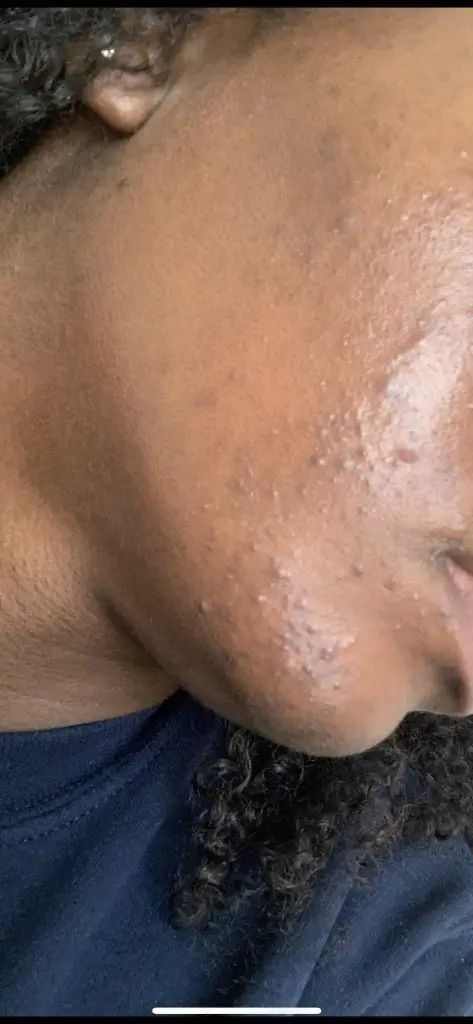
How to treat it
Treatment of fungal acne starts with some lifestyle changes and creating a balance between the fungi and bacteria on the skin. For more serious cases, oral or skin medication will be prescribed. Meanwhile, to get rid of this kind of acne on your own, try,
- Bathing more regularly. Whenever you sweat do not wait for the moisture to be trapped in your skin. Some dandruff shampoos used as a body wash in some cases have worked perfectly.
- Wearing more loose clothes that let air touch your skin. Change into clean breathable clothes that will reduce the growth of fungus on your skin.
- Exfoliating your skin to get rid of dead cells on your skin and use oil-free moisturizers.
In addition to these lifestyle changes, you may have to use one or more of the following:
Home remedies
Applying home products like honey, turmeric paste, ginger and milk can help clear mild fungal acne.
Over the counter anti-fungal products
There are several ointments and creams available over the counter that can treat fungal acne. Check for clotrimazole and ketoconazole-based products.
Medication
When all home remedies and other treatment fails, you should consider the use of medication, but before you resort to this alternative, you will have to book an appointment with your dermatologist. After diagnosis, your dermatologist can prescribe drugs or topical anti-fungi creams that target yeast growth in hair follicles such as fluconazole.
With the combination of lifestyle changes and other previously mentioned remedies, your acne should heal. You should note that the acne may reoccur when the skin conditions favour growth yeast.
In conclusion, fungal acne is often misdiagnosed. This is why you should regularly examine your skin. It is the best way to notice on time if there is an unusual breakout. Practice good hygiene as fungal acne is contagious—you can easily get it by sharing personal items like towels, makeup brushes, and the likes with affected people. If you notice a cluster of tiny acne and other normal skincare products fail, it just might be fungal acne.











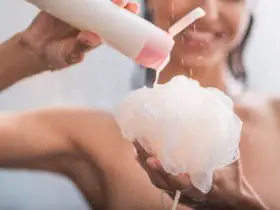


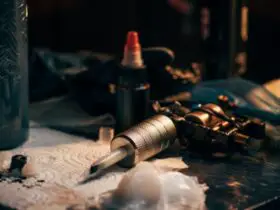


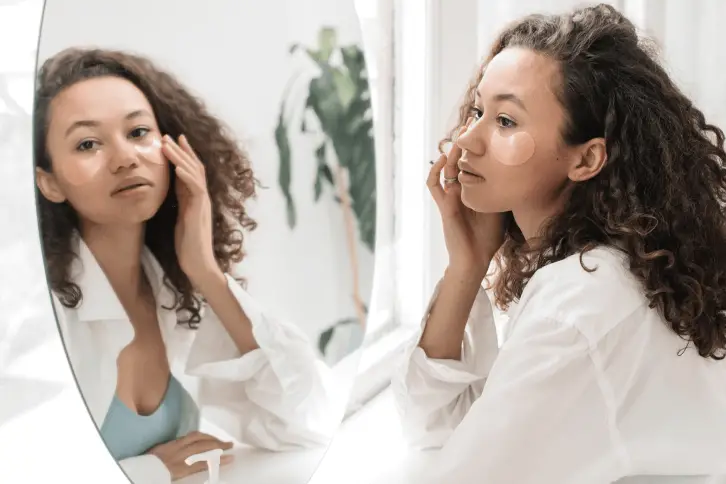

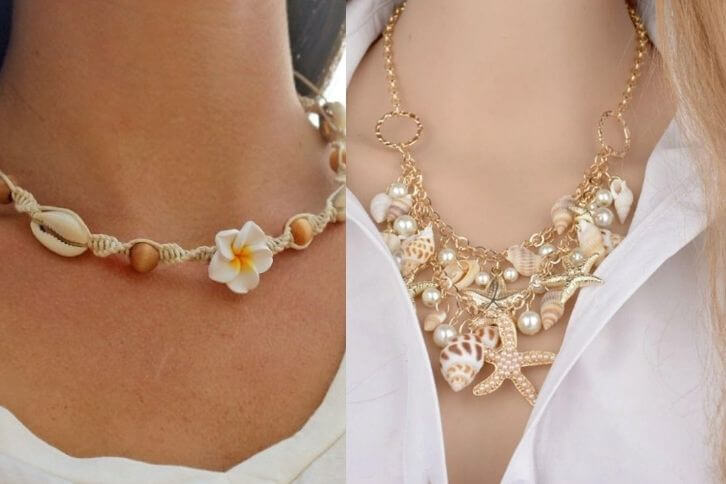
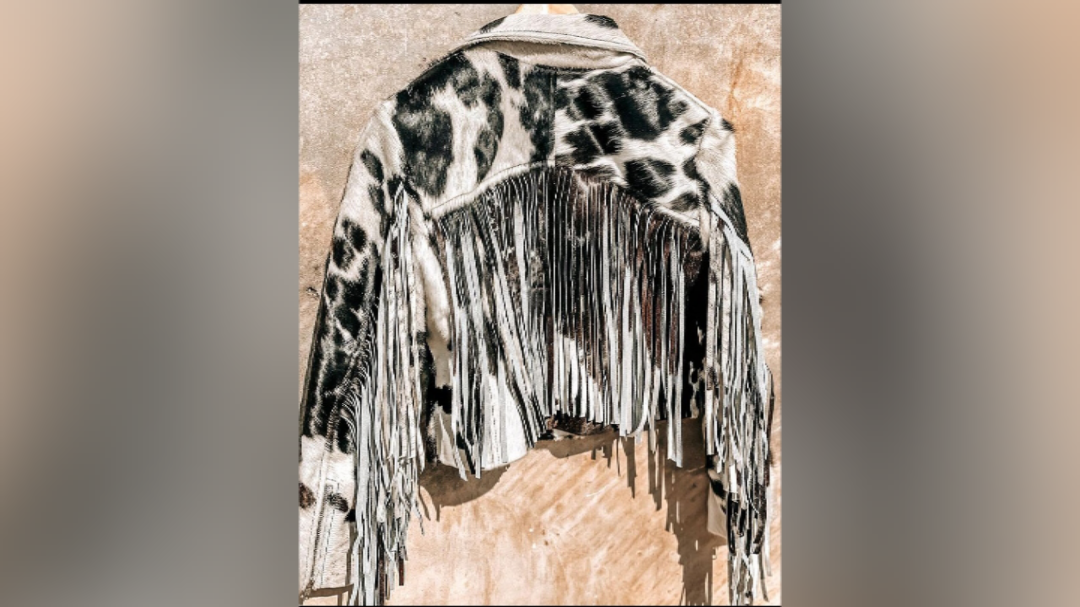
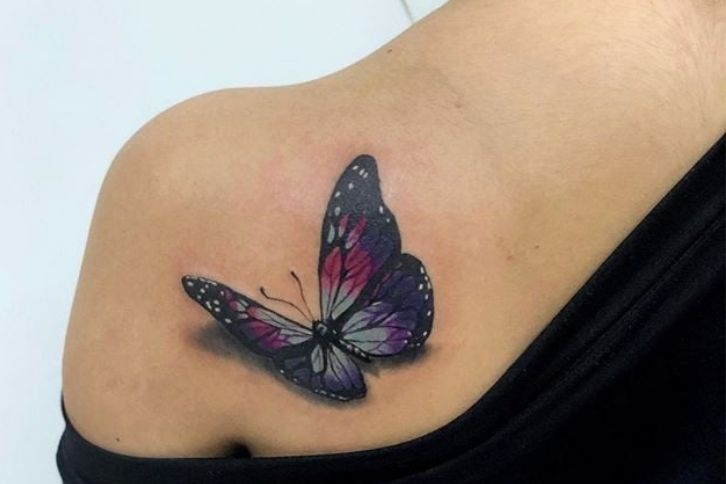
About Me
Fashion & Beauty Enthusiast
Hi, I'm Fanti. I'm a fashion, beauty, and lifestyle enthusiast, and the ultimate curves queen. Here, I share beauty, fashion, and lifestyle tips to teach, inspire, and give confidence to all women.